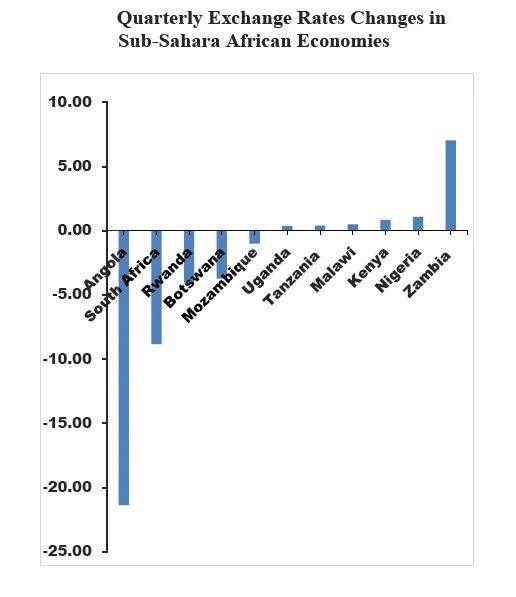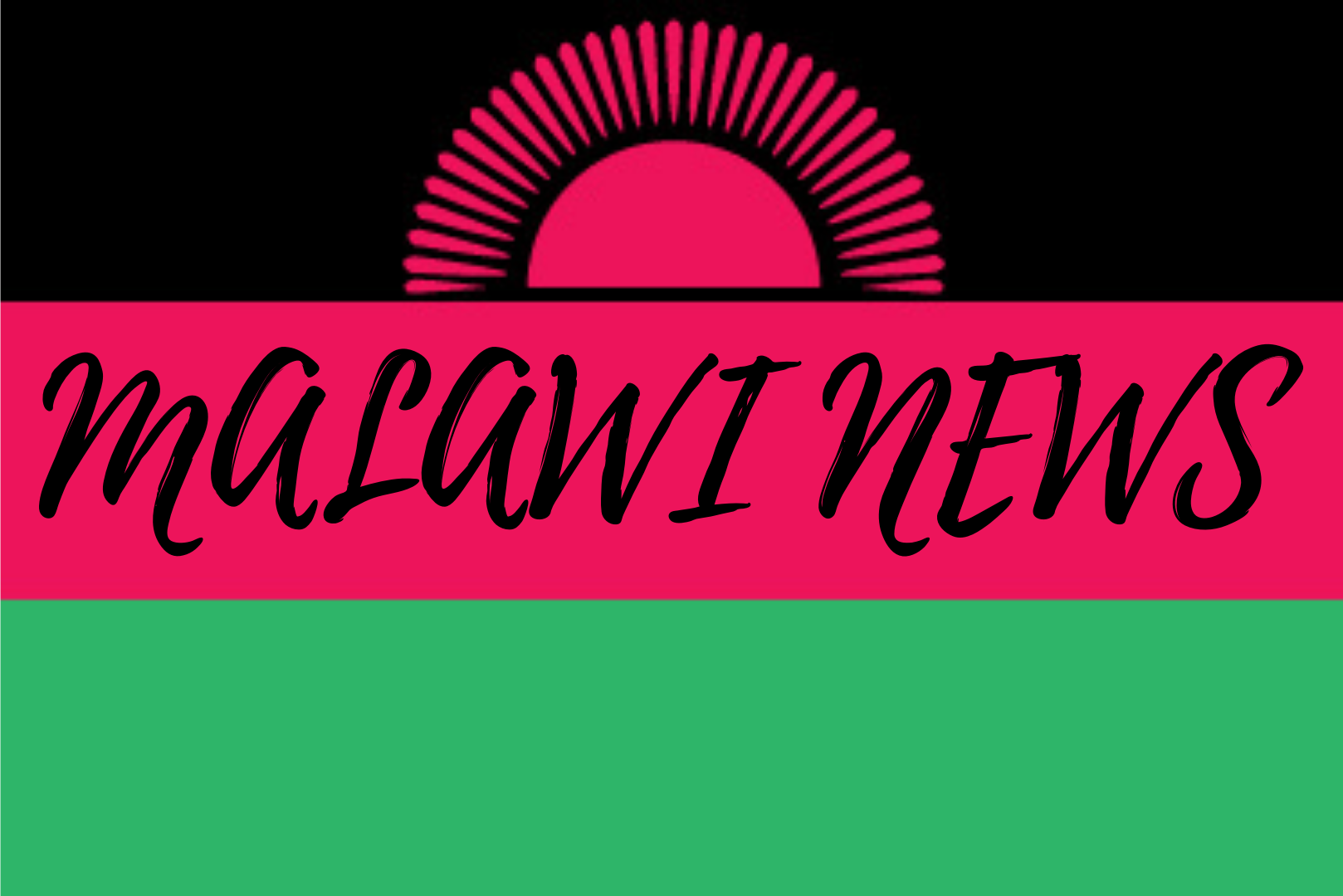The World Bank has projected the kwacha to average K896 against the dollar, a development which will make the country’s exports cheaper and imports more expensive.
Data contained in its recently published 2022 Malawi Poverty Outlook shows that this will be a worsened performance from the previous year’s K827.
In an interview on Tuesday, economist Bond Mtembezeka said looking at the drivers of exchange rate and the present dynamics, the gloomy outlook for the local unit is plausible.
He said: “Tobacco is performing extremely poorly and there is there is a backlog of payments.
“Those twin problems will continue to exert serious pressure on the exchange rate.”
Meanwhile, six weeks after opening the tobacco market, Tobacco Commission (TC) data shows that the top export earner has generated $11.1 million (about K9 billion) from 5 689 kilogramme (kg) at an average price of $1.96 (about K1 615).
During the same period last year, tobacco had raked in $67.4 million (about K55.5 billion) from the sale of 40 968 kg at an average price of $1.65 (about K1 360).
In an interview on Tuesday, TC spokesperson Telephorus Chigwenembe said since week four, volumes and prices of tobacco have been improving, a development which has forced TC to start everyday trading at Lilongwe Floors from thrice a week.
He said: “The trends are going as expected considering the dynamics in the industry this farming season. As we indicated earlier, in the first few weeks of the season, we had the prices we had because it was mostly the bottom leaf that was being brought to the floors. Bottom leaf is usually of inferior quality.
“Now, it is tobacco above the bottom leaf that is being received at the floors. It is better quality leaf that attracts good prices.”
Last month, the Economist Intelligence Unit (EIU) also projected the kwacha to moderate to K837 to the dollar this year and K937.4 to the dollar by 2026 as the foreign exchange shortage continues to bite.
The forecast came at a time the kwacha has continued to face pressure largely on account of the declining foreign exchange in the country.
Financial Market Dealers Association of Malawi president Mclewen Sikwese earlier observed that the kwacha will continue to suffer from both supply and demand misalignment as well as a speculative element due to the lack of confidence in the future value of the kwacha.
Recently, the Reserve Bank of Malawi (RBM) announced that it had revised requirements for mandatory sale of export proceeds, demanding all exporters to sell a minimum of 30 percent of their export proceeds to the RBM through authorised dealer banks while retaining, at most, 70 percent of the proceeds in their foreign currency denominated accounts.
The move was meant to improve forex liquidity in the market.
Meanwhile, RBM data show that the Malawi kwacha depreciated by 0.18 percent against the dollar in March 2022, closing the month at K823.60 per dollar.
Similarly, on a quarterly basis, the kwacha depreciated by 0.51 percent against the dollar. This is in contrast to the previous quarter where the kwacha appreciated by 0.3 percent against the dollar.
However, annually, the kwacha lost 6.0 percent against the dollar in December 2021.
The EIU said a low stock of reserves and the high probability of a sudden end to foreign currency inflows remain the major downside risks to exchange rate stability as monetary authorities will not be able to support the kwacha if these risks materialise.
It further said that due to a chronic current account deficit, the kwacha will continue to come under pressure exacerbated by high global commodity prices.
Troubled by the declining forex position, RBM recently announced that it had revised requirements for mandatory sale of export proceeds with immediate effect, a move meant to improve forex liquidity in the market.
Under the new provision, RBM said all exporters shall sell a minimum of 30 percent of their export proceeds to the RBM through authorised dealer banks while retaining, at most, 70 percent of the proceeds in their foreign currency denominated accounts.
Meanwhile, gross official forex reserves under the direct control of the RBM stood at $374.48 million or 1.50 months of import cover in March 2022 compared to $410.16 million, an equivalent of 1.86 months of import cover in March 2021. In 2021, the kwacha depreciated by 5.91 percent, closing at K816.40 to the dollar compared to K770.84 to the dollar registered in 2020.
The post Bank projects steep kwacha depreciation appeared first on The Nation Online.
 Moni Malawi
Moni Malawi 

